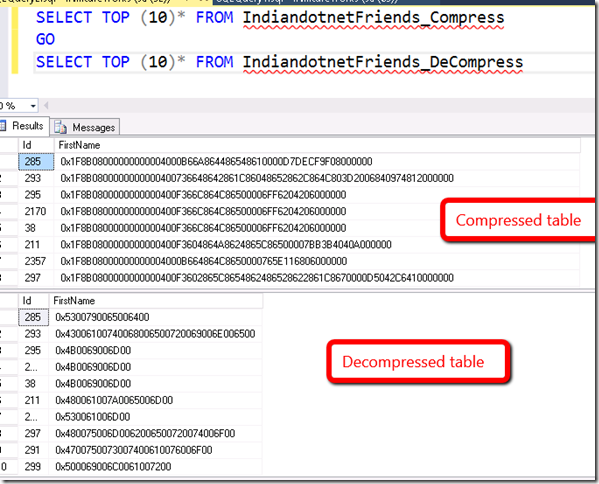As developer /QA it is always a challenge to check the application on different parameters and Data Load is one of them.
Sometimes it is not easy to generate the load manually and we may skip this very important process to check our application on different data load which may cause extra pain to our end users, customers and to our team as well.
To avoid this either you yourself write some scripts (I will share an easy way to generate data load by SQL Script in near future) or use some outstanding tools available in the market.
In this post, I am going to share 4 best tools available in the market which I have used and my feedback according to my experience.
You can also try with trial versions and proceed further.
1. Apex SQL Data Generator:
Apex SQL Data Generator is one the simple tool which I tried. It provides a free trial version for play.
Below are some points which I like about this tool. This tool is not an open source but you can try this with the free version.
- Easy to use
- Can generate Unique records
- option to allow NULL value in columns
- option to generate (export) test data in SQL Script, XML, CSV & JSON
- Can insert data in Parent-child relationship maintain foreign key
- You can maintain the transaction in the script
- capable enough to show different dependencies
- Preview data feature
- sampling is possible based upon the table
Although it is capable enough to generate millions of records easily I faced sometimes it is slow due to a different relationship.
I would recommend this tool if you want to try.
2. Redgate data generator tool
Redgate is another one of the famous tools available in the market.
Below are some points which I like about the tool. This tool is not an open source tool. Although, you can try a free version.
- You can generate (export) CSV
- Easily maintain the transaction
- can generate rows in a batch
- Preview data feature is available
- can do sampling
- can use a regular expression
- A null value option is available
- a unique option is available
I like this tool as well but you need some time to understand it.
3. https://www.generatedata.com/
This is another interesting tool and a bit more advanced but simple.
Below are the some features
- Very easy to operate
- can generate unique records
- option to select data type like Names phone, city etc (user-friendly option)
- Export is very advance apart from regular export like SQL Script, XML, CSV, Excel, HTML this tool provides generate code in JavaScript & C# as well
Although, I didn’t find the option to maintain foreign key. In trial run you can generate at max 100 records so, you can try it easily.
4. https://www.mockaroo.com/
This is one of the advanced tools which I found so far. It gives you the various option of the data type.
- Easy to use
- sampling is easy
- the various option of data types as you can see in the above image
- can export CSV, script, excel, Firebase etc
- Preview data feature is available
You can generate 1000 records in the free trial. Although, I didn’t found relationship (parent-child) details in this.
I hope this might help you somewhere.
Enjoy learning and exploring new tools.
























































